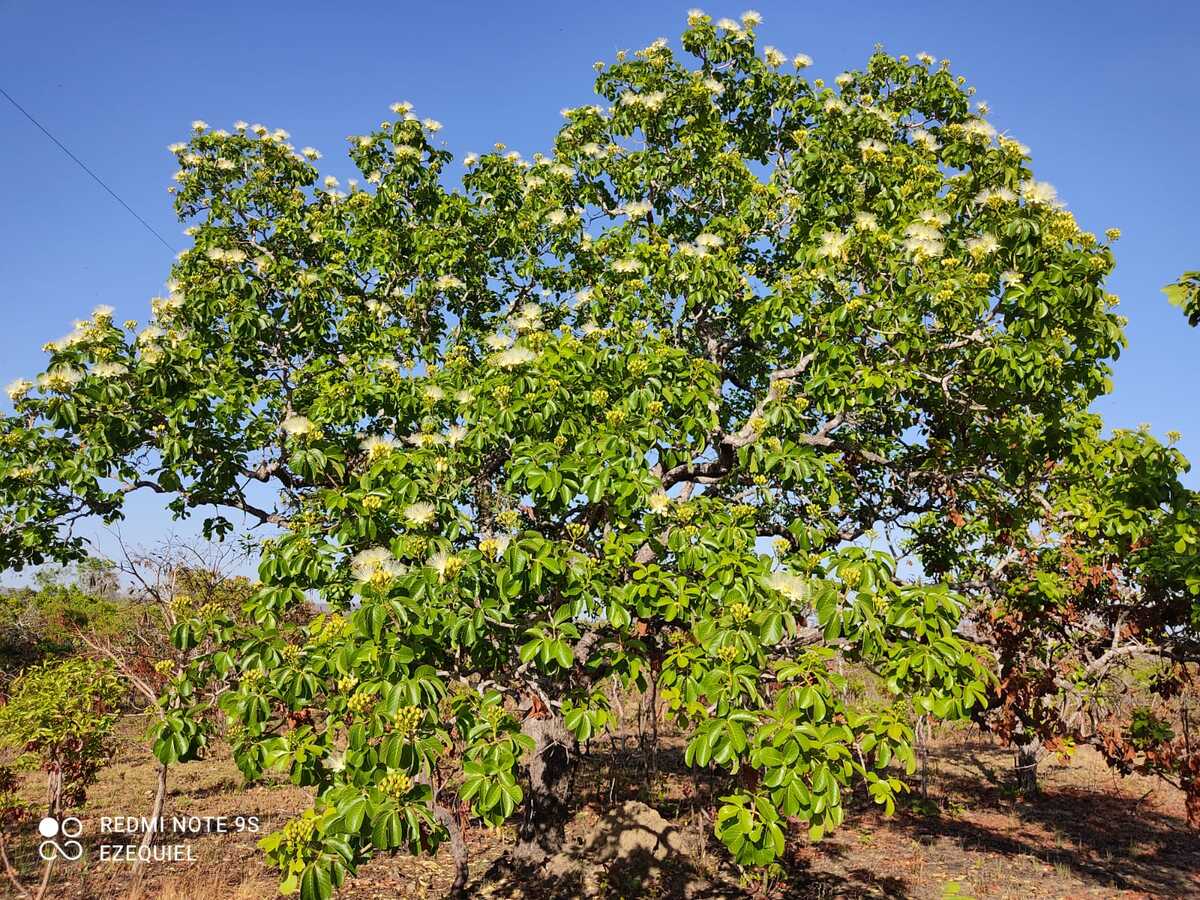Fire prevents fire, saving Brazil's savannah from destruction
In 2001, Brazil’s government started a zero-fire policy. Setting fire in conservation areas would be entirely forbidden. The elders at the Xerente Indigenous community, located in the northeastern state of Tocantins, warned that it wouldn’t work.
“The old people told us, You are wrong. That fire is a good fire. It doesn't go into the woods, it doesn't burn the tops of the trees, it doesn't kill the animals,” said Pedro Paulo Xerente, an Indigenous Xerente and coordinator of the local fire brigade.
With the policy in place, the problems only grew. When the fire caught, it had no barriers to stop it and the intensity of the fires increased rapidly, burning fruit trees, houses, and even generating respiratory problems. Research shows that some biomes evolved in the presence of fire, and therefore, are dependent on it. Most savannas behave this way, mainly in tropical savannas like the Brazilian Cerrado.
"The more we protected these areas from fire, at the time a fire started, it would become more and more violent, bigger, and more destructive", says Rodrigo Falleiros, environmental analyst at Prevfogo/Ibama.
After poor results, the zero-fire policy was abandoned and since then, the Xerente and Araguaia Indigenous lands have seen a decrease in the number and intensity of major fires in the last six years. Now, they use controlled fires to prevent larger wildfires.

The tree tops are preserved after controlled burnings in the Brazilian Cerrado, which aim to contain large wildfires. Image credit: Courtesy of Pedro Paulo Xerente
“The controlled fire burns slowly, takes time to catch, and goes out in the early evening. We call it ‘cold’ fire. This is the ideal fire management because it shows that nature is in a position to control that fire. All the animals and insects are able to run, the treetops are not burned,” explains Pedro Paulo.
But the Xerente Indigenous elders knew this from long ago, knowledge passed down from generation to generation by word of mouth. Falleiros said government authorities didn’t know how to manage the Cerrado. That’s why they started to observe ancient Indigenous practices. He said,
Today, the prescribed burning is carried out by the community and Indigenous fire brigade members. From January onwards, the community starts to set fire to selected areas until May. Today there are 22 exclusive firefighters for the Xerente Indigenous Land.
As of 2015, there is a reduction in the occurrence of large forest fires and in carbon emissions from these events. The area burned in Xerente territory during the dry season decreased by more than 60%. This has helped the community protect the savannah ecosystem and its biodiversity. One of the challenges is to get all the controlled burning done in time. Today, with all the burnings, only 10 to 15% of the Xerente Indigenous territory can be burned.
“The time to carry out the prescribed burnings is short. If we had more resources, more firefighters, and machines, such as cars, we would be able to carry out the prescribed burning in more areas, and we would have a better result,” assesses Xerente.


